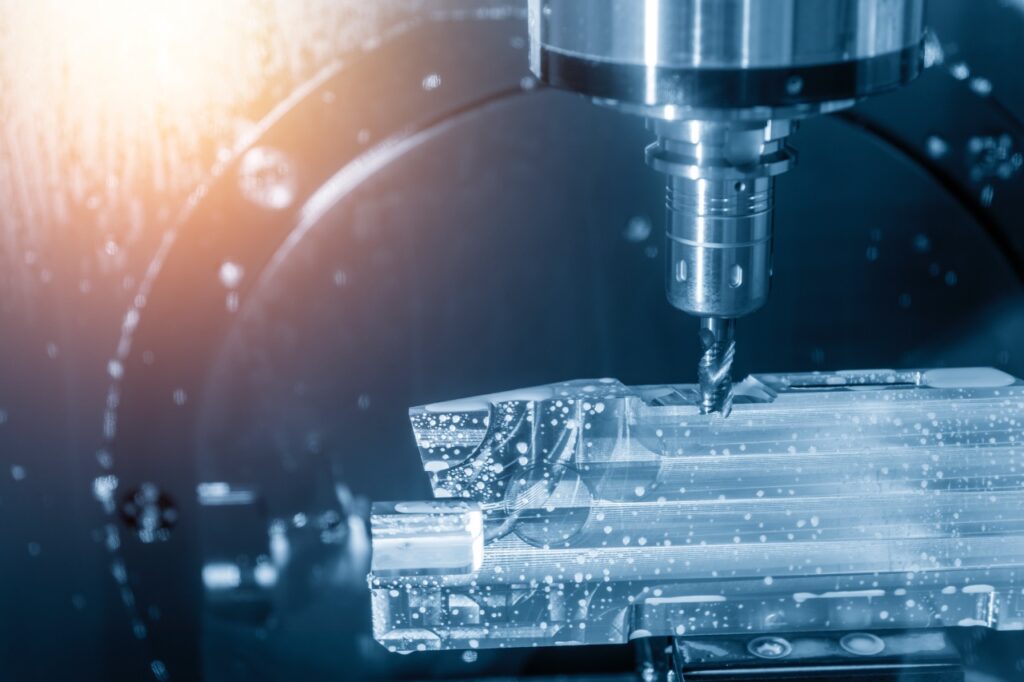Why Aluminum Materials Require Anodizing
Let’s discuss why aluminum materials require anodizing:
1. Improves corrosion resistance
Aluminum is a corrosion-resistant metal because it is very active, and it is easy to produce alumina chemical reactions with oxygen and air. The alumina film is transparent, and it is pretty tricky for you to see it with your naked eyes. The thin layer of alumina film usually isolates the air so that the alumina matrix is no longer oxidized, making it play the role of corrosion resistance.
2. Improves wearability
Aluminum materials are susceptible to scuffs and wear, though they can harden after some time, unlike steel materials. The surface of the anodized industrial aluminum profile is very tough, and the hardness could reach up to 300HV, making it wear-resistant and not easy to scratch.
3. Improves Insulation
Even though aluminum materials can efficiently conduct electricity, they still require proper insulation. The aluminum anode film is not conductive, so anode oxidation treatment is needed when insulation is involved. The surfaces of aluminum products are usually colored. Before aluminum is sealed and anodized, the cover typically has so many colors, and it also has very dense pores that quickly absorb some metal salts and dyes.
Characteristics Of SLA 3D Printing
SLA (Stereolithography) is an additive manufacturing process. It belongs to the Vat photopolymerization family. It is also known as resin 3D printing automation associated with three leading 3D printing vat polymerization that includes SLA, DLP, and LCD. The three automation use a light source to cure a photopolymer incentive, but with differences which have; ● SLA uses UV laser as a light source to selectively cure polymer resin. ● DLP uses a digital projector as a UV light source to cure a resin layer. ● LCD uses an LCD module to project-specific patterns. The SLA 3d projector has various characteristics, and they include;
1. Curling
Curling is one of the most significant issues that affect SLA machines. It is because, during the curing procedure, the resin infrequently shrinks upon disclosure to the printer’s light source. However, when the shrink is substantial, enormous internal stresses develop between the new layers and the previously solidified material, resulting in curling.
2. Layer adhesion
SLA printed parts have isotropic mechanical properties caused by the UV laser pass, which is not enough to cure the liquid resin fully. However, later in the laser passes assist previously solidified layers to fuse to a very high degree. Fixing then continues after the printing procedure has been completed.
Conclusion
When searching for CNC services and SLA 3D printing services, always know what you are looking for and how these services will assist you in handling your projects.
